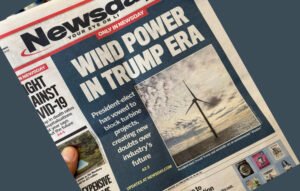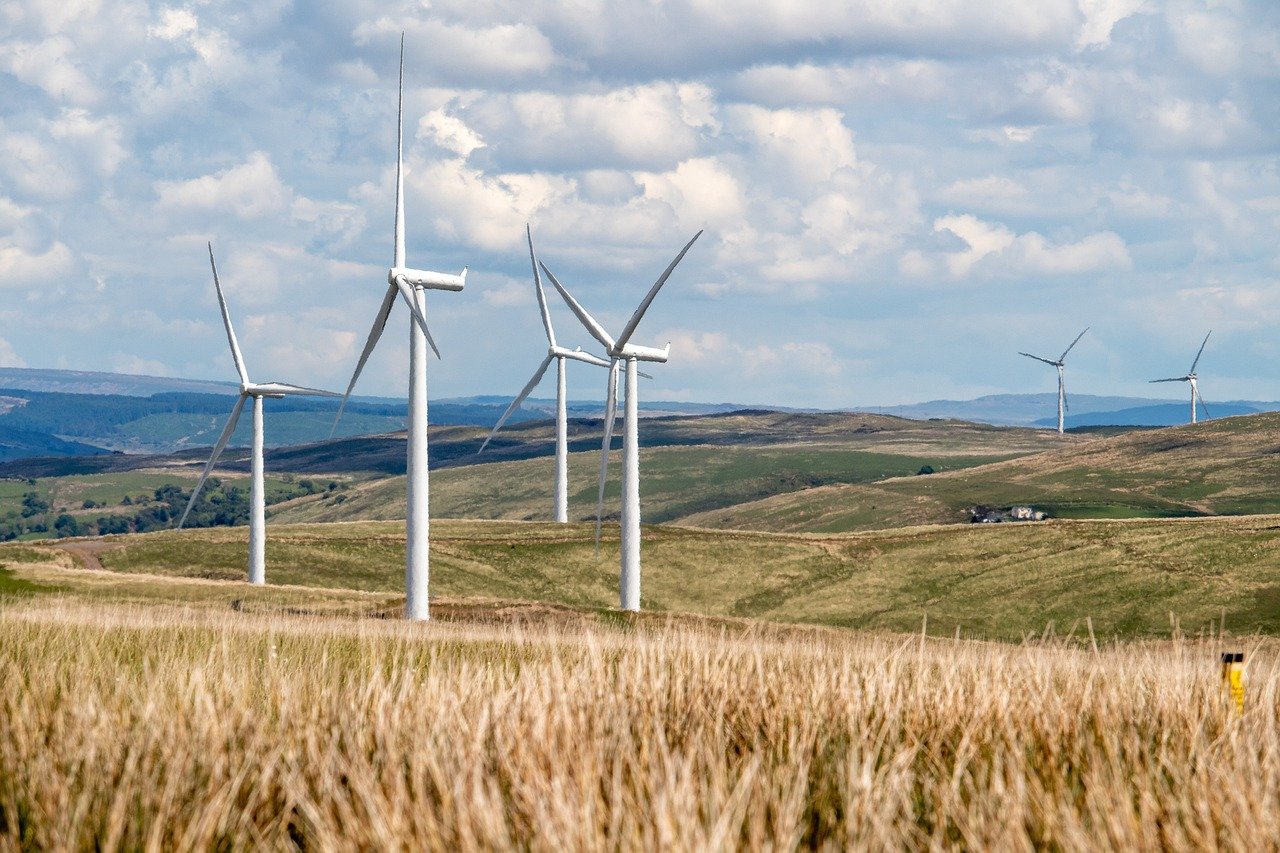The newspaper Newsday in New York recently published an article titled “Wind Power in Trump Era,” which highlights the dynamics between the Trump administration’s energy policies and the continued growth of wind energy in the United States. Despite political challenges, the wind industry has proven resilient and continues to grow as one of the most important renewable energy sources in the country.

The Political Context
During the Trump administration, energy policies primarily focused on supporting fossil fuel industries such as coal and oil. However, leading wind energy states like Texas and Iowa continued to invest in this technology due to its economic and environmental benefits.
Growth Despite Challenges
According to the U.S. Department of Energy, installed wind energy capacity increased by 14% between 2017 and 2020. This was achieved thanks to declining turbine costs and growing demand for clean energy from environmentally conscious companies and consumers.
Despite political challenges, the wind industry remains a powerful force in the transition to clean energy in the United States
Technological Advances
Wind technology has also advanced significantly. Modern turbines are larger, more efficient, and capable of generating electricity even at low wind speeds. Additionally, offshore wind energy projects, such as those being developed on the East Coast of the United States, are gaining traction and attracting international investors.
Economic and Environmental Impact
Wind energy has created thousands of jobs in turbine manufacturing, installation, and maintenance. Moreover, it contributes to reducing greenhouse gas emissions, positioning itself as a viable solution to mitigate climate change.

